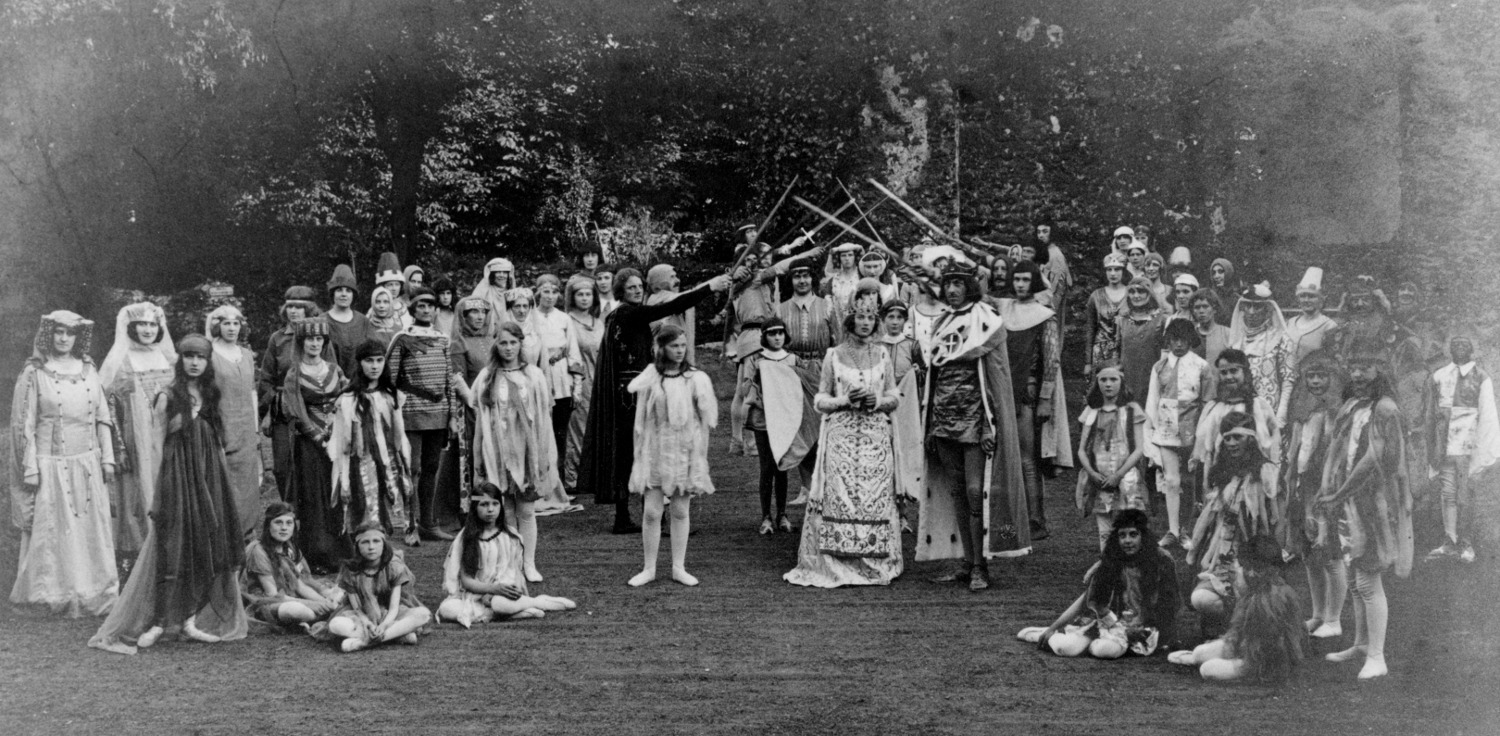In medieval times the Forbury Gardens was a rough patch of open ground, where horses grazed and pilgrims waited for services at the abbey church. At this time it was known as ‘the Forbury’, an old English placename meaning the place in front of the burgh. The Forbury became a town park in 1856. Local people collected money to buy the land and the ruins, which became central to leisure time in Victorian Reading.
Digging Deeper - The Verdun Oak
There is a very special oak tree at the west end of the Forbury Gardens between the main Victoria Gate and the Maiwand Lion. This oak tree was grown from a seed picked up on the Battlefield of Verdun was planted by the Mayoress of Reading Mrs Stanley Hayward on peace celebration day 19 July 1919 to commemorate the restoration of peace after the First World War
The Battle of Verdun in 1916 was a major German offensive on the Western Front. This battlefield was notorious as one of the more destructive of the war, so much so that the scars of trenches and shell holes can be seen even today. The oak trees which witnessed the brutality and ruin would have been shattered and blasted by shell fire, and it is a wonder that any part of them survived at all. Over the years the acorn that was collected has grown to become an attractive, broadly spreading tree. It is a fitting reminder of the human cost of war and the benefits of peace.
Reading Pageant, 1920
The Reading Pageant featured scenes from Reading’s medieval past, played by local people in the grounds of Reading Abbey. It included such episodes as the ‘Danes at Reading’ in 871, the first singing of ‘Sumer is Icumen In’ in 1240, and the marriage of John of Gaunt to Blanche of Lancaster in 1359.

The marriage of John of Gaunt and Blanche of Lancaster, scene from the Reading Pageant, 1920 (museum object no. 1996.228.14)
The pomp and the splendour of the Reading Historical Pageant will live in the minds and memories of the people of Reading and Berkshire for many a long year.
- Reading Standard, 26 June 1920





